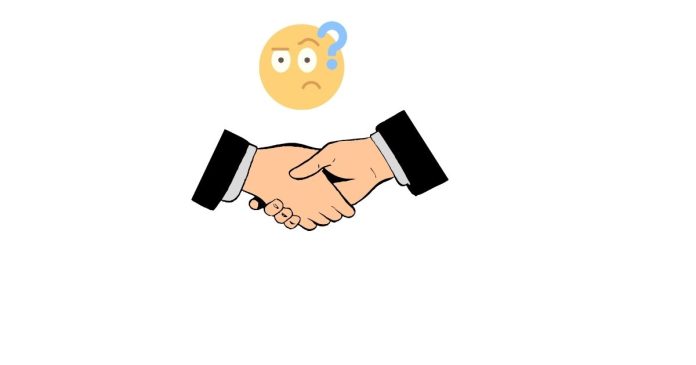The words “welcome” and “welcomes” are closely related but are used in different grammatical contexts. Understanding when to use “welcome” versus “welcomes” comes down to whether the word is functioning as a noun, verb, or adjective, and the subject of the sentence. Here’s a detailed breakdown of the two forms and when to use each:
1. “Welcome” (as a verb)
- “Welcome” is the base form of the verb, used when talking about the action of greeting or receiving someone in a friendly or polite manner.
- You use “welcome” when the subject of the sentence is in the first person (I/we), second person (you), or third person plural (they).
Examples:
- I welcome you to my home.
(Here, I is the subject, so we use the base form “welcome.”) - We welcome the opportunity to work with you.
(The subject “we” is plural, so “welcome” is used.) - You welcome them with open arms.
(In this case, “you” is the subject, and “welcome” is used as the base form.)
2. “Welcomes” (as a verb)
- “Welcomes” is the third-person singular form of the verb “welcome.” This means it is used when the subject of the sentence is a singular noun or a singular third-person pronoun like he, she, or it.
Examples:
- She welcomes everyone to the party.
(Here, “she” is singular, so we add “s” to the verb to make it “welcomes.”) - The company welcomes new ideas.
(In this case, “the company” is singular, so we use “welcomes.”) - He welcomes the challenge of solving difficult problems.
(Again, “he” is singular, so “welcomes” is used.)
3. “Welcome” (as an adjective)
- “Welcome” can also function as an adjective, where it means “pleasing” or “acceptable.” As an adjective, “welcome” does not change for singular or plural subjects.
Examples:
- You are a welcome guest.
(Here, “welcome” is an adjective describing “guest.”) - The welcome speech was heartfelt.
(In this case, “welcome” describes the “speech.”)
4. “Welcome” (as a noun)
- “Welcome” can also be used as a noun, meaning a greeting or reception of someone or something.
- As a noun, “welcome” does not change based on whether the subject is singular or plural.
Examples:
- We gave him a warm welcome.
(Here, “welcome” is a noun referring to the greeting or reception.) - Her welcome was filled with joy and warmth.
(Again, “welcome” is a noun referring to the act of greeting.)
Summary of When to Use “Welcome” vs. “Welcomes”
- “Welcome” (verb): Used for I, we, you, and they (plural) as the subject.
- Examples: I welcome them. / We welcome the new change. / You welcome the idea.
- “Welcomes” (verb): Used when the subject is he, she, or it (singular).
- Examples: He welcomes the challenge. / She welcomes guests warmly. / It welcomes new members.
- “Welcome” (adjective): Describes a feeling of being accepted or appreciated, and does not change for singular or plural subjects.
- Examples: You are a welcome guest. / This is a welcome change.
- “Welcome” (noun): Refers to the reception or greeting of someone, and does not change for singular or plural subjects.
- Examples: They received a warm welcome. / Her welcome was heartfelt.
Common Mistakes to Avoid:
- Incorrect use of “welcomes” with plural subjects:
- Incorrect: They welcomes us.
- Correct: They welcome us. (Since the subject is plural, use the base form “welcome.”)
- Incorrect use of “welcome” with singular subjects:
- Incorrect: He welcome the guests.
- Correct: He welcomes the guests. (Use “welcomes” for singular subjects like he, she, or it.)
- Using “welcomes” as an adjective:
- Incorrect: He is a welcomes guest.
- Correct: He is a welcome guest. (As an adjective, “welcome” does not change form.)
Conclusion:
- “Welcome” is used for first person, second person, and third person plural subjects, as well as when used as an adjective or noun.
- “Welcomes” is the correct form for third person singular subjects (he, she, it).
Understanding these rules will help ensure that you use “welcome” and “welcomes” correctly in both written and spoken English!


